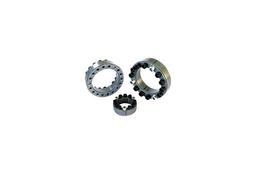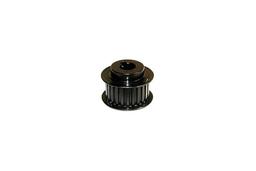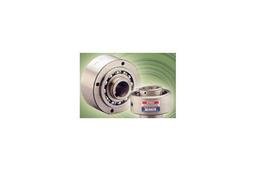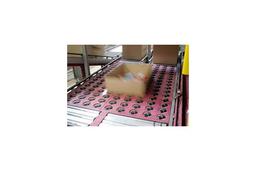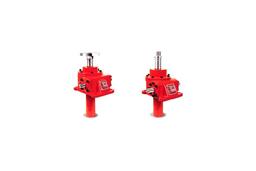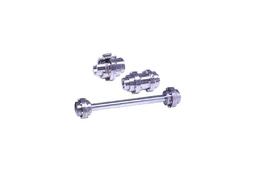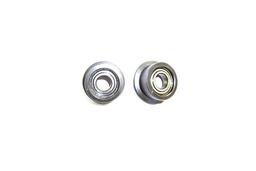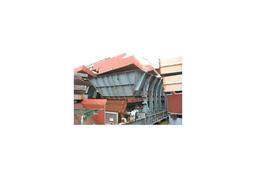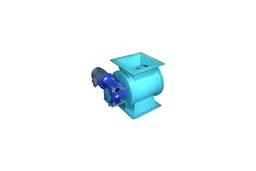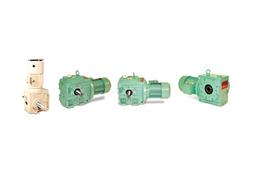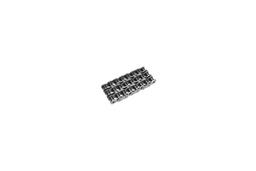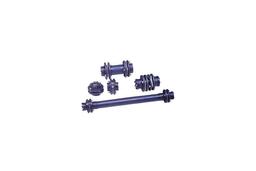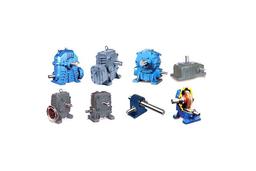



Broach machine manufacturer, Air leak test machine, Factory automation, Specialized machine design and more
▶ U.V. (Ultra Violet) Coating System
Overview
This system uses a method of coating paint that hardens quickly onto the object being painted using U.V irradiation, and it has strong hardness, chemical resistance and corrosion resistance compared to urethane paint. U.V hardening paint can be completely hardened in extremely short time and has low content of volatile organic solvents among paints with excellent productivity and painting efficiency. It is receiving the spotlight a paint for VOC regulation. Also, gloss and hardness of coating are high with excellent physical and chemical properties. U.V hardening paint is coated on different materials such as plastic, PVC paper, metal, glass and wood including vacuum deposited U.V paint and hardcoating U.V paint coated on plastic materials such as cosmetic product container, automotive parts and electronic appliances.
Features
→ Paint is completely hardened in very short time (seconds) by U.V irradiation.
→ Paint can be used as 1-liquid type for simple handling without concerns about pot life.
→ It is appropriate for materials that should not be heated. (Ex) wood, plastic, paper, etc.
→ It is solventless paint with almost 100% coating components.
→ It offers relatively inexpensive cost and can be installed in narrow space.
→ It can obtain thick coating with high degree of polymerization.
→ It contributes to shortening of process and increase in productivity.
→ It contributes to prevention of pollution and elimination of labor.
U.V Coating Process
→ Plastics that allow for U.V coating
Materials include ABS, PC (Poly Cabonet), PC-ABS, PP (Poly Propilen)
→ External inspection on molded products
When injection molded products are received, overall external conditions such as contraction, burr, flow mark and gas are inspected.
→ Ultrasonic cleaning
Since large amount of anti-rust additive and release agent is used during injection molding, ultrasonic cleaning must be done at least once usinig a volatile cleaning agent to remove release agent or dust, improving adhesiveness and surface hardness during U.V coating. Here, the principle of ultrasonic cleaning is to add physical force on crystal oscillator after adding volatile liquid into cleaning tank. Liquid spreads out at tens of thousands of cycles per second from crystal oscillator for easy cleaning of corners. This is the main cleaning method used.
→ Q - RING
Cleaned product is placed in an electric oven to dry vaporize volatile component and moisture.
Drying time: PC- 10 minutes at 70℃, ABS- 10 minutes at 60℃, AS&PP- 10 minutes at 50℃
→ Jig Assembly
Jig is needed for each product to take post processing line, and selection of incorrect jig can cause various defects such as deformation and color deviation.
→ U.V Base Coating
The purpose of base coating is to cover the surface of injected products, and quality of the product is determined in pretreatment process. Base coating is divided into glazed, semi-glazed and matt.
→ U.V Coating Process
Jig is assembled after cleaning of product to follows the line to pass by anti-static room and booth to vaporize solvent in U.V primer. Solid remaining after vaporization passes by U.V drying room in 2 or 3 seconds to momentarily harden using U.V light.
1) U.V intensity in U.V drying room 800mJ /㎠ ∼ 1000mJ /㎠
2) U.V intensity at 1 PM on a sandy beach during summer 400mJ/㎠
→ Vacuum - AL Metallizing
U.V base coated material is inserted into chamber, and about 20 ~ 30 minutes are required until pumping start high vacuum 2×10-4 Torr. Detection sensor is operated to evaporate aluminum foil hanging on tungsten coil by turning it into liquid. Here, evaporation phenomenon is referred to as "vacuum deposition of aluminum". Unit is in ohms, and 10~200 ohms are widely used.
